Updated: 25.03.25
One of the most frequent questions we get from our students at Formula Botanica is: “What’s the best emulsifier?” And, truth be told, we don’t have a simple answer.
When it comes to cosmetic formulation, there is no single emulsifier (or preservative, for that matter!) that will be suitable for every situation. It will depend on several factors, mainly your formulation system, concept, and the ingredients you’re working with, among others. And certain emulsifiers may be good for a certain purpose, there’s no one universal choice that works across all formulations. We wish it were that easy!
But don’t worry: we’ve got you covered. In this post, we’re going to walk you through a 17-point checklist of things to consider before choosing an emulsifier. Remember that, as always with formulation, you learn through trial and error, and the more you experiment, the more you learn, and the more you’ll be comfortable with making these decisions.
Choosing an emulsifier: 17-point checklist
Here are the 17 things you should consider before choosing an emulsifier for your formulation. This is a very quick checklist, so don’t worry! You can always come back to this post and use it as a reference guide. If you need a quick refresh on what emulsifiers are before we get started, check out this post:
We also cover emulsification in detail in our award-winning Diploma in Organic Skincare Formulation.
1. Natural vs. synthetic
When choosing an emulsifier, the first question you should ask yourself is whether it aligns with your definition of “natural.” As you may already know, “natural” doesn’t have an agreed universal legal definition. The term “natural” comes in many shades (we’ve counted as many as 50!), which can often lead to confusion and sometimes emotional/heated debates. At Formula Botanica, we’ve identified four key shades of natural to help you make informed decisions about your ingredients:
Please remember that even lecithin – one of the most “natural” emulsifiers – undergoes extraction, separation, and processing from plant oils and fats before it reaches its final form. Similarly, it’s unrealistic to assume that an olive oil-based emulsifier like Cetearyl Olivate comes directly from the olive fruit or oil without undergoing some form of processing or chemical reactions.
That said, some emulsifiers are, in my chemist’s opinion, synthetic and don’t belong in natural or organic formulations. Prominent examples of these synthetic emulsifiers are derivatives of PEG (Polyethylene Glycol) or PPG (Polypropylene Glycol), including the entire polysorbate and Tween ranges, as well as emulsifiers like dilaureth-7 citrate.
2. Certified or not certified
Next, you should decide if you want your formulation to be organic or not. You can ask your supplier if a certain emulsifier is organically certified (and how it is certified) or not.
Remember that not all “natural” emulsifiers are going to be certified. This is mainly because of the high costs of certification, which in the end affect what the consumer is going to pay. It depends on your market, claims and concepts whether you confine yourself to a certified emulsifier or not. If you are going to have your finished product certified, then you need to consider this factor.
You can learn more about organic certification and other types of certification below:
While organic certification is often considered the gold standard, there are many other certifications available. Take the time to explore your options and choose what aligns best with your formulation.
3. Global acceptance
Depending on if you’re selling and who the product is for, you will sometimes need to consider the global status of the emulsifier. Being vegan, halal or kosher are for instance criteria which you need to consider for specific markets.
You can learn more about market research in our Diploma in Beauty Brand Business Management.
4. Palm oil considerations
If you’re concerned about your products being palm oil-free, or if you’re committed to using fair and sustainable palm oil, it’s essential to carefully examine the datasheet and inquire with your supplier about the origin of the ingredients.
Remember, an emulsifier doesn’t always need to be labelled with “palm” to be palm-derived. Many plant-based ingredients, like Cetyl Alcohol and Cetearyl Alcohol (and their derivatives), are commonly sourced from palm oil due to their affordability unless your supplier specifically uses alternative plant oils.
Keep in mind that sustainability also comes in different shades. Some companies may only pay a nominal fee each year to obtain a “sustainable” certification, without genuinely engaging in sustainable palm oil practices. Make sure to dig deeper and verify the actual sustainability efforts behind the certification.
5. HLB
When selecting an emulsifier, you may come across the term HLB, which stands for Hydrophilic Lipophilic Balance. Originally developed for PEG-based ingredients, the HLB system was a useful guideline. However, for modern PEG-free emulsifiers and especially in natural and organic cosmetics, where plant oils are typically used instead of paraffins or silicones, the HLB system is far less relevant, as we explain in this post:
Most data sheets don’t even mention the HLB for modern emulsifiers, so you don’t need to worry about that. If by any chance, the HLB is mentioned, you want to know very roughly if the HLB of a certain emulsifier is around 4 (W/O emulsifier) or around 11 (O/W emulsifier). If there is no mention of the HLB, the data sheet should at least mention the type of the emulsifier: W/O (water-in-oil) or O/W (oil-in-water).
6. Optimum oil phase concentration
Most emulsifiers work best within a specific oil phase range, meaning the amount of oil in your formulation directly impacts its effectiveness. Some emulsifiers will work best in a low oil range (3-10%), whereas some work best in a medium oil phase range (15-25%) and others can emulsify high oil concentrations (this generally applies to W/O emulsions). Always double-check the optimum ratio with your supplier.
Depending on the concentration of the oil phase (or water phase), you should try to find the most suitable emulsifier for that system. If a certain emulsifier works in your emulsion with 5% oil, it will very probably not be the best choice for another emulsion with a 40% oil phase.
7. Viscosity range
Whether you’re formulating a thick, rich night cream or a light, sprayable emulsion, viscosity plays a crucial role, and you should consider this when choosing an emulsifier.
Although you could adjust the viscosity of an emulsion with gums and other viscosity modifiers, you should always check the emulsifier’s specifications to make sure it’s suitable for your desired consistency. This is especially important for low-viscosity emulsions, as not all emulsifiers will work in those systems.
8. If it needs a stabiliser or co-emulsifier
Some emulsifiers may need a co-emulsifier or a stabiliser in certain systems – for example, when you’re working with alcohol or trying to achieve a certain viscosity.
You need to consider your desired viscosity as you plan your system and consider the costs and logistical requirements of a certain formulation. More importantly, if a certain emulsifier works only with a synthetic stabiliser such as carbomer, then it would not be a suitable choice for your organic and natural formulation.
9. Electrical charge
Most modern emulsifiers are neutral esters, but some have an ionic charge, which can affect their compatibility with other ingredients. For example, Glyceryl Oleate Citrate is anionic, meaning it may not work well with cationic ingredients like cationic surfactants or cationic guar, which is commonly used in hair conditioners.
Don’t worry if you can’t understand all these terms right now. We cover all of this in our Advanced Diploma in Organic Cosmetic Science.
10. Best working pH range
When choosing an emulsifier, you should also consider its optimal pH range. Deviation from that pH can cause instability and changes in viscosity, texture or appearance.
pH is especially important for your preservative system. Suppose you’re going to use a weak acidic preservative system with the highest efficacy at a pH lower than 4.5 and your emulsifier works best at a pH of 6-7. In that case, you should either change the preservative or the emulsifier.
You can find out more about the importance of pH in the post below:
What can go wrong if you don’t control your formulation’s pH?
Please be aware that certain formulations, such as hair dyes, depilatory products, and chemical peels (AHA-based products), often fall far outside the neutral pH range of conventional emulsions. These products may require special emulsifiers or at least specific stabilisers and co-emulsifiers. Some ionic emulsifiers are also so sensitive to pH changes that you may need to apply a buffering system to keep the system stable during the determined shelf-life.
We cover all of this in our Advanced Diploma in Organic Cosmetic Science.
11. Electrolyte tolerance
Electrolyte tolerance can affect many emulsifiers. In most cases, you won’t use electrolytes in your emulsions, but in some specific cases such as antiperspirants that contain a high aluminium salt concentration or some cleansing emulsions with ionic surfactants or clays, you should incorporate electrolytes into your formulation.
You can ask your supplier about the electrolyte tolerance of the emulsifier if it is not already mentioned in the datasheet. You should also consider if your preservative (or the preservative in some of your other ingredients such as hydrosols and plant extracts) contains electrolytes. But again, it’s very rare that you would use electrolytes in your formulations.
12. Alcohol tolerance
Much like electrolytes, alcohol can destabilise many emulsions. Ask your supplier about the alcohol tolerance of the emulsifier if you plan on using alcohol in your emulsions.
13. Oil phase character
When choosing an emulsifier, consider your oil phase. Not all oil phases are the same, and the type of oils or lipids you use can greatly impact emulsifier performance.
In natural formulation, you’ll often work with plant oils, waxes, and butters, but in some formulations, you may want to use fractionated oils, fatty alcohols or monoesters instead of fats and oils (triglycerides). Since different emulsifiers work better with specific types of lipids, always pick the one that works best with the exact composition of your oil phase.
14. Cold vs. hot process
When selecting an emulsifier, consider whether your formulation is hot or cold process. Most emulsifiers come in pellets, flakes, or powders and must be melted with the oil or water phase, which can be challenging if you’re working with heat-sensitive ingredients. However, some liquid emulsifiers allow for cold-process blending, which can save time and energy while preserving delicate ingredients.
That said, a cold-process emulsifier won’t be useful if your formula includes solid-at-room-temperature ingredients like mango butter or coconut oil, which must be melted. On the other hand, if your formulation is based on liquid oils like borage oil or grapeseed oil, a cold-process emulsifier could be the ideal choice.
15. Manufacturing procedure
When choosing an emulsifier, it’s important to take the manufacturing process into account. There’s a common myth, often propagated by DIY blogs and the DIY community, that to create a water-in-oil (W/O) emulsion, you need to add the water phase to the oil phase, and for an oil-in-water (O/W) emulsion, you need to add the oil phase to the water phase. While this can be true in many cases, it’s not a hard-and-fast rule.
Always follow the manufacturer’s guidelines but equally don’t be afraid to experiment with the reverse approach. In some instances, adding the phases in the opposite order may even yield better results.
16. Shear tolerance
As a natural formulator, the shear tolerance of your emulsifier might be one of the most important practical parts to consider when choosing an emulsifier, depending on the type of equipment you’re using. This is especially important if you’re working with tools like stick blenders, hand mixers, kitchen aids and whisks.
Some emulsifiers require high shear and a homogeniser for optimal performance, while others are sensitive to shear and can become unstable if exposed to high shear forces. Unfortunately, this detail is often not mentioned in the technical datasheet. However, you can ask your supplier for manufacturing guidelines or request sample formulations to understand how your emulsifier will react with the equipment you’re using.
17. Application dosage
Last but certainly not least, you need to consider dosage when choosing an emulsifier.
As a (very) general rule of thumb, emulsifiers are typically used at around 20% of the oil phase. However, some emulsifiers perform best at lower concentrations. Others may require higher concentrations, especially when working with low oil concentrations. You should factor this into your overall formulation planning and calculations.
You can potentially reduce the emulsifier concentration by incorporating co-emulsifiers or stabilising agents. However, keep in mind the cost implications. It may not be economical to reduce your emulsifier dosage by adding a costlier ingredient. Always weigh the cost-effectiveness of your ingredient choices in your formulation strategy, especially if you’re planning on selling your formulations.
If you’re interested in selling your natural formulations but don’t know where to start, our Diploma in Beauty Brand Business Management is the perfect place for you to get started.
Free bonus sheet: Questions to ask suppliers
As a special bonus, we’ve created a free simple fact sheet to help you review the technical data sheets from your supplier and any other information about your preferred emulsifier.
Depending on your ingredients, equipment, and techniques, some of the questions in this fact sheet may not apply. Focus on those that are relevant to your specific system. For example, if you don’t use alcohol in your formulations, alcohol tolerance won’t be an issue for you.
Download your Emulsification Fact Sheet HERE
Final words
We hope you found this post helpful and that it has helped you choose the right emulsifier for your formulation! Remember, you can always refer back to this post as a handy guide.
If you have any questions or if there’s anything else you’d like to know, feel free to leave a comment below! We’d love to hear your thoughts and any additional questions you might have about choosing an emulsifier for your formulation needs.
And if you’re new to the world of formulation and would like to create your own organic skincare products, consider registering for our free mini-training course, linked below!
FREE TRAINING
Learn how to become an
Organic Skincare Formulator
FREE TRAINING
How to become an
Organic Skincare Entrepreneur
FREE TRAINING
How to become an
Organic Skincare Entrepreneur
Leave us a comment

Dr. Elham Eghbali was Formula Botanica’s Cosmetic Chemist between 2014 and 2018. She has over 20 years’ industry experience and is based in Bavaria, Germany. To read more about Formula Botanica’s team, visit our staff page.

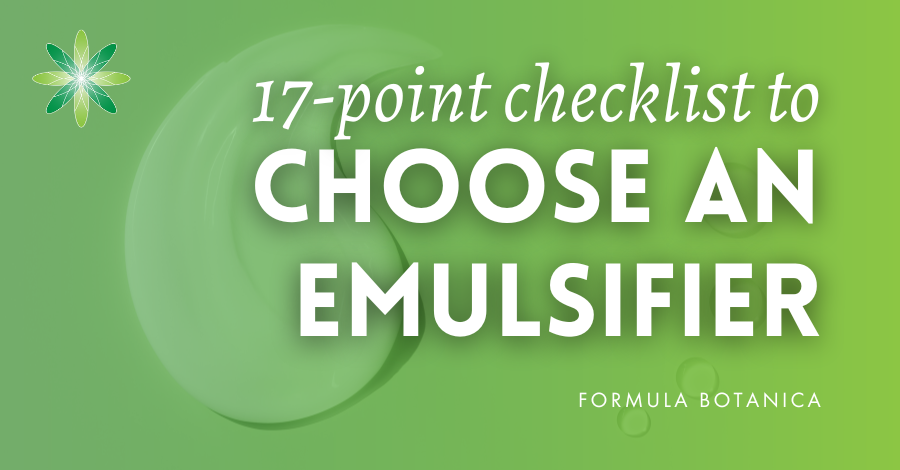
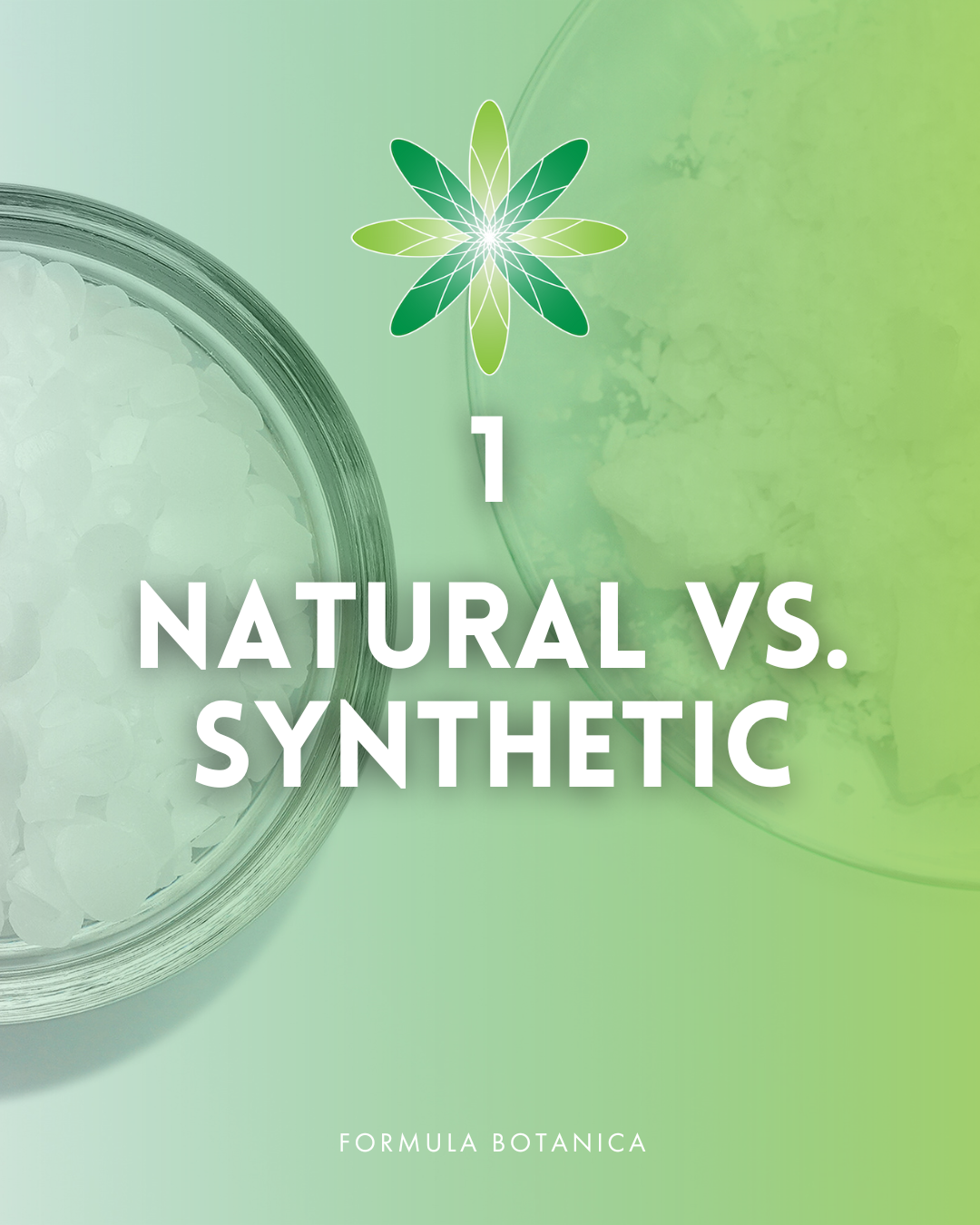
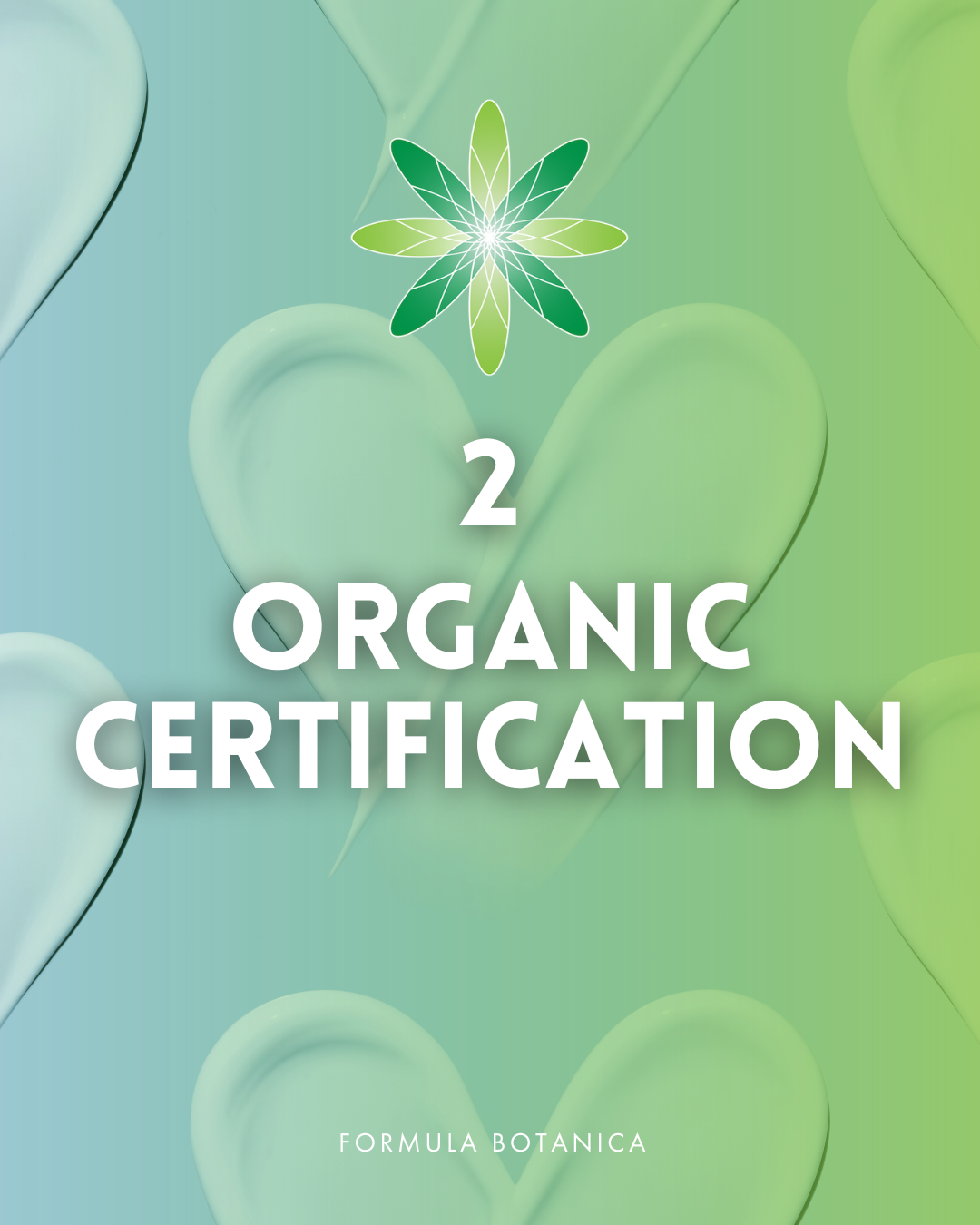
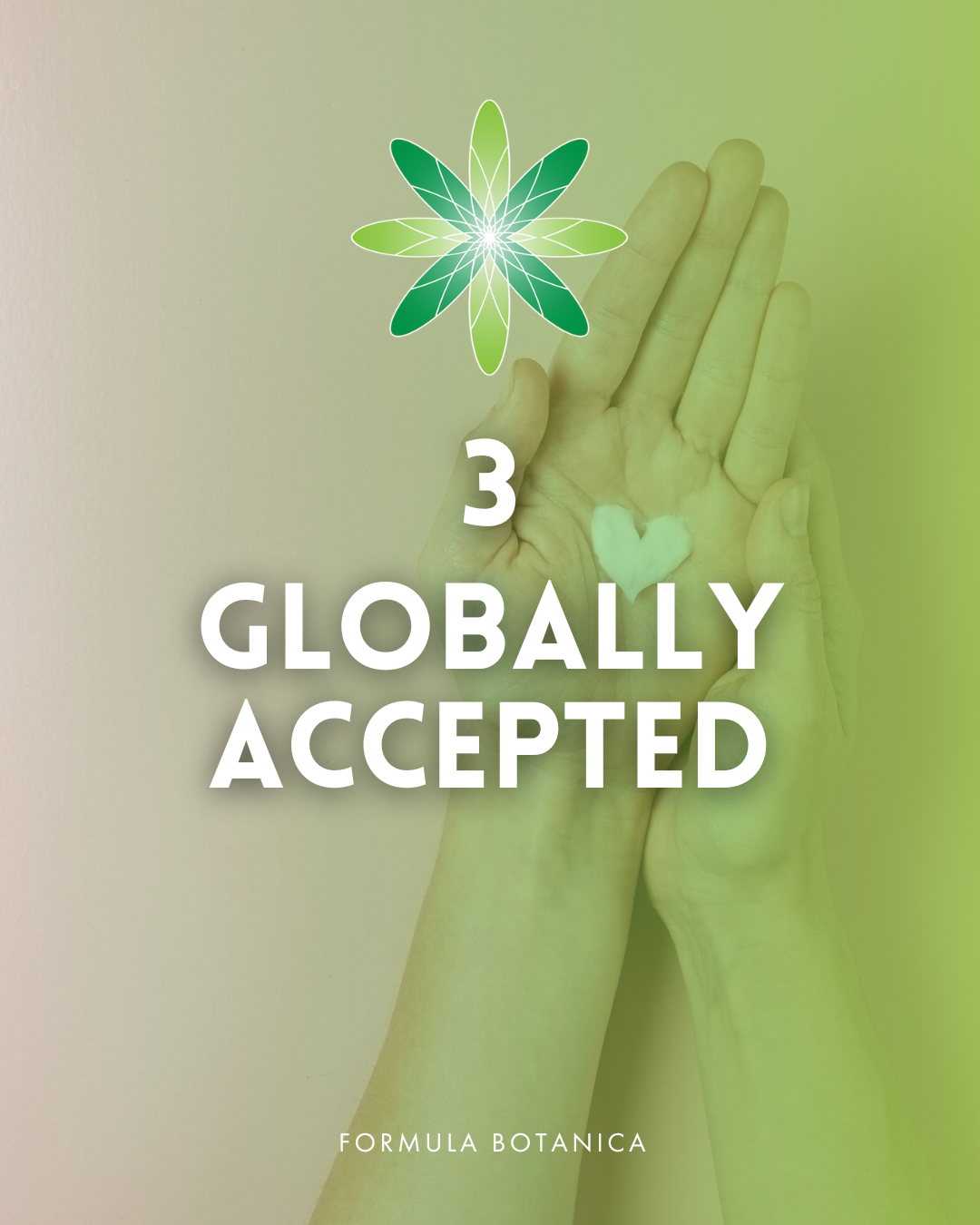
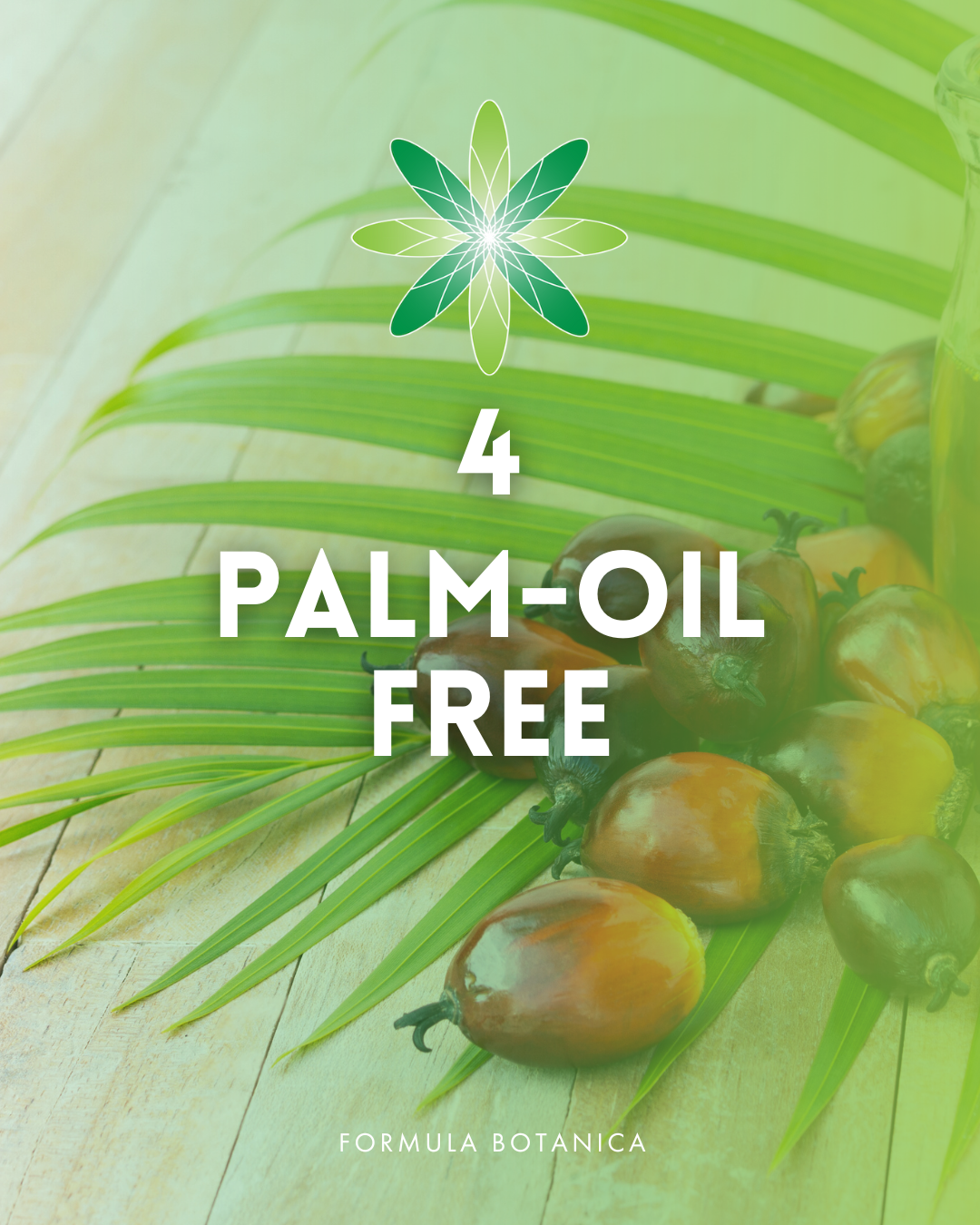
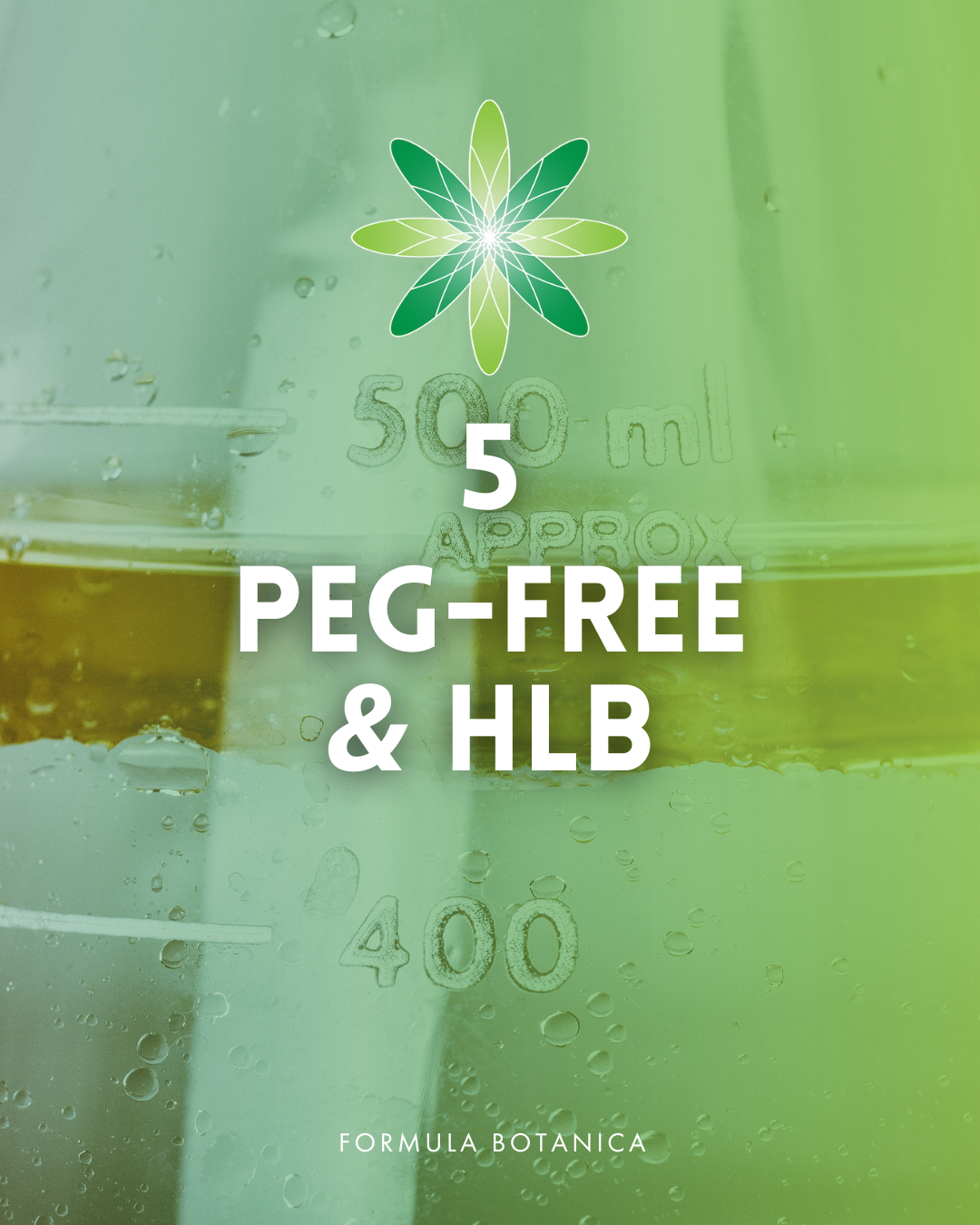
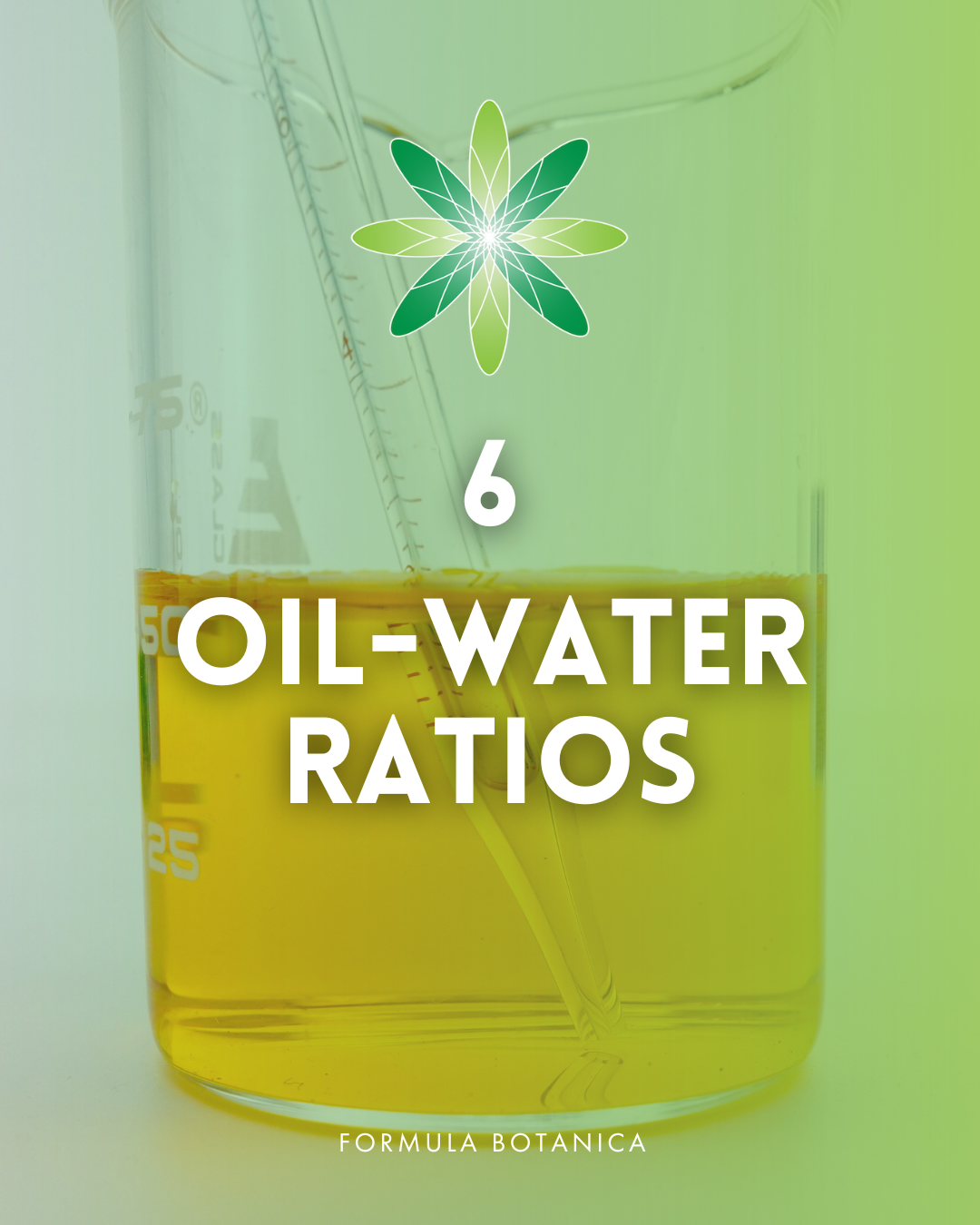
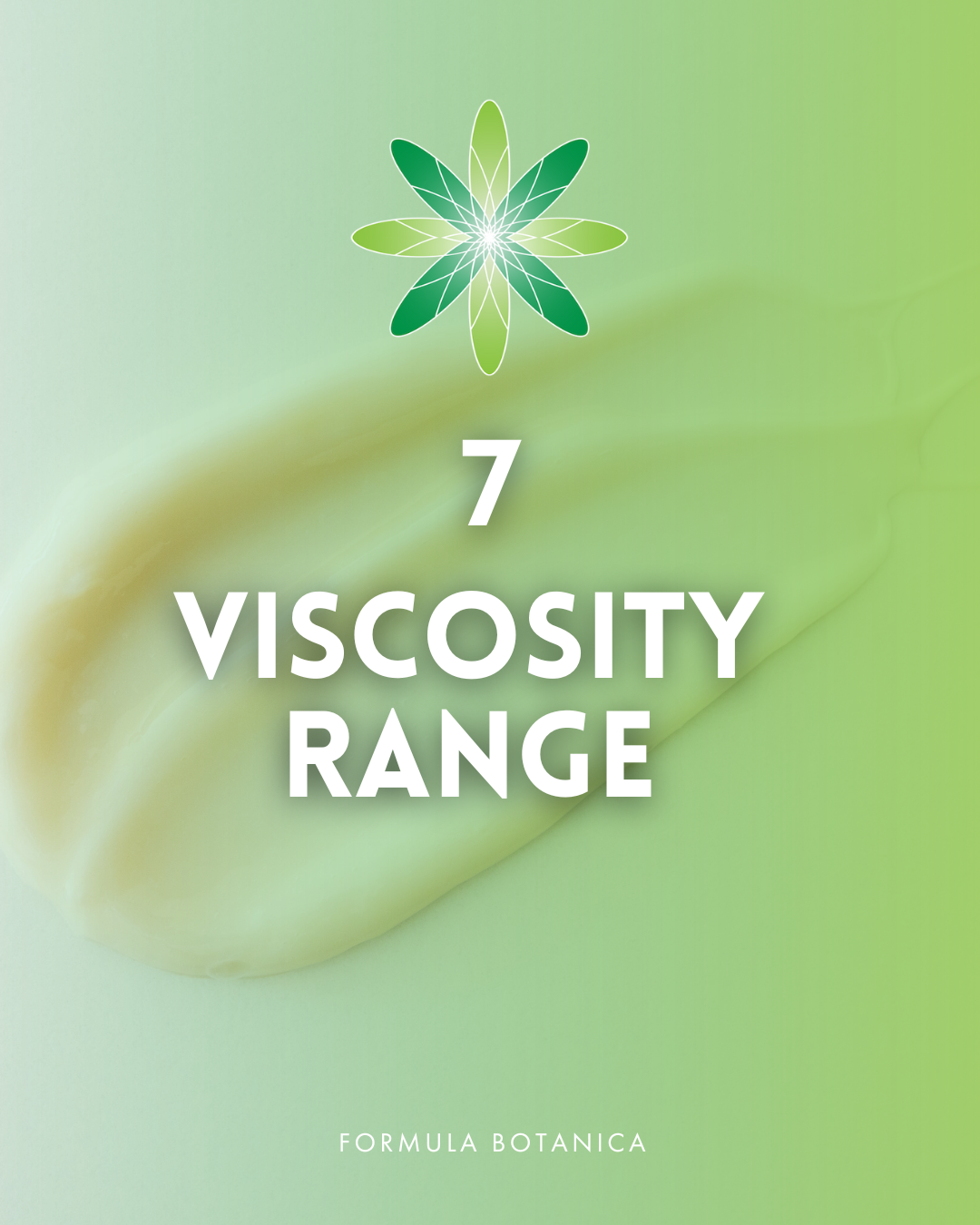
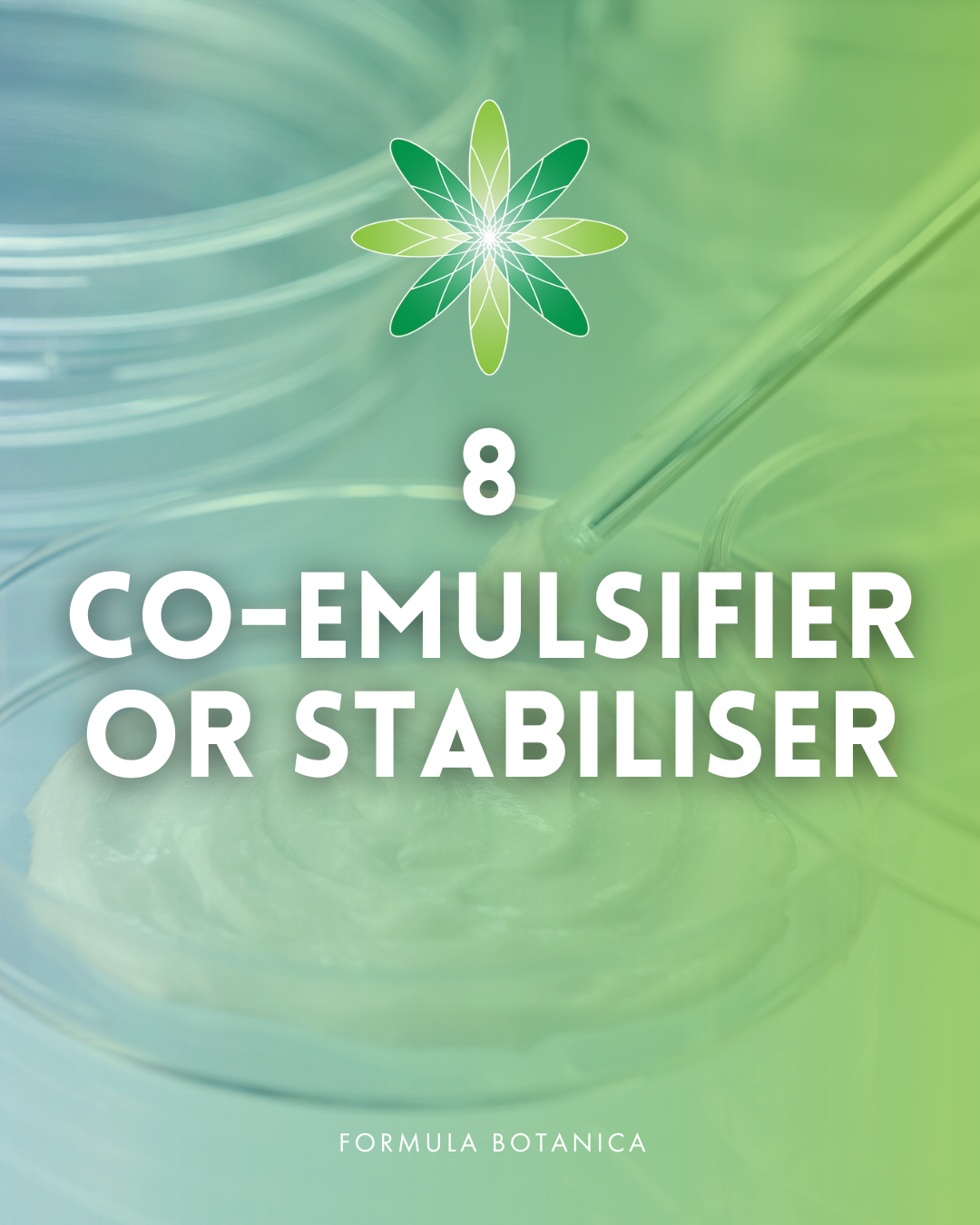
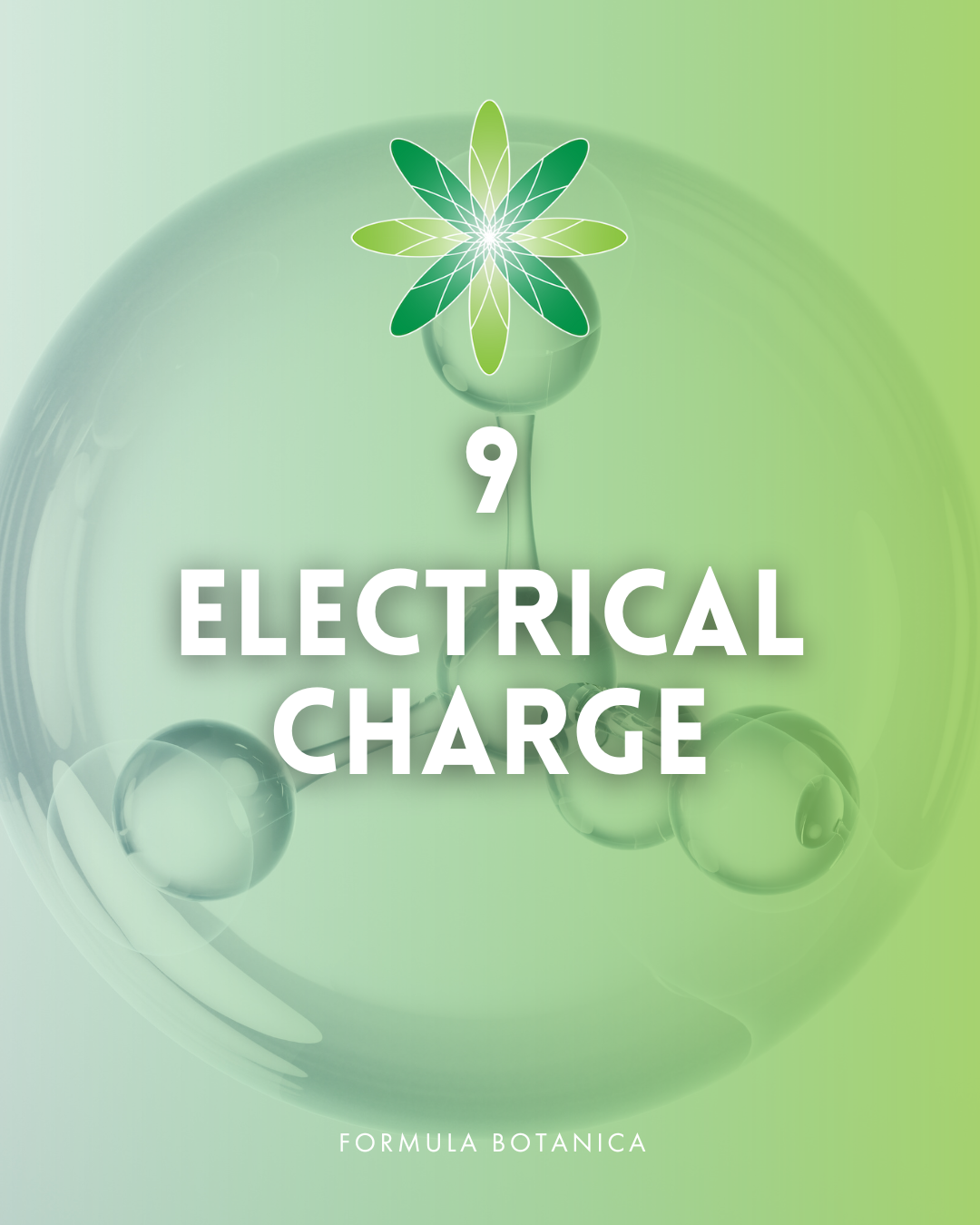
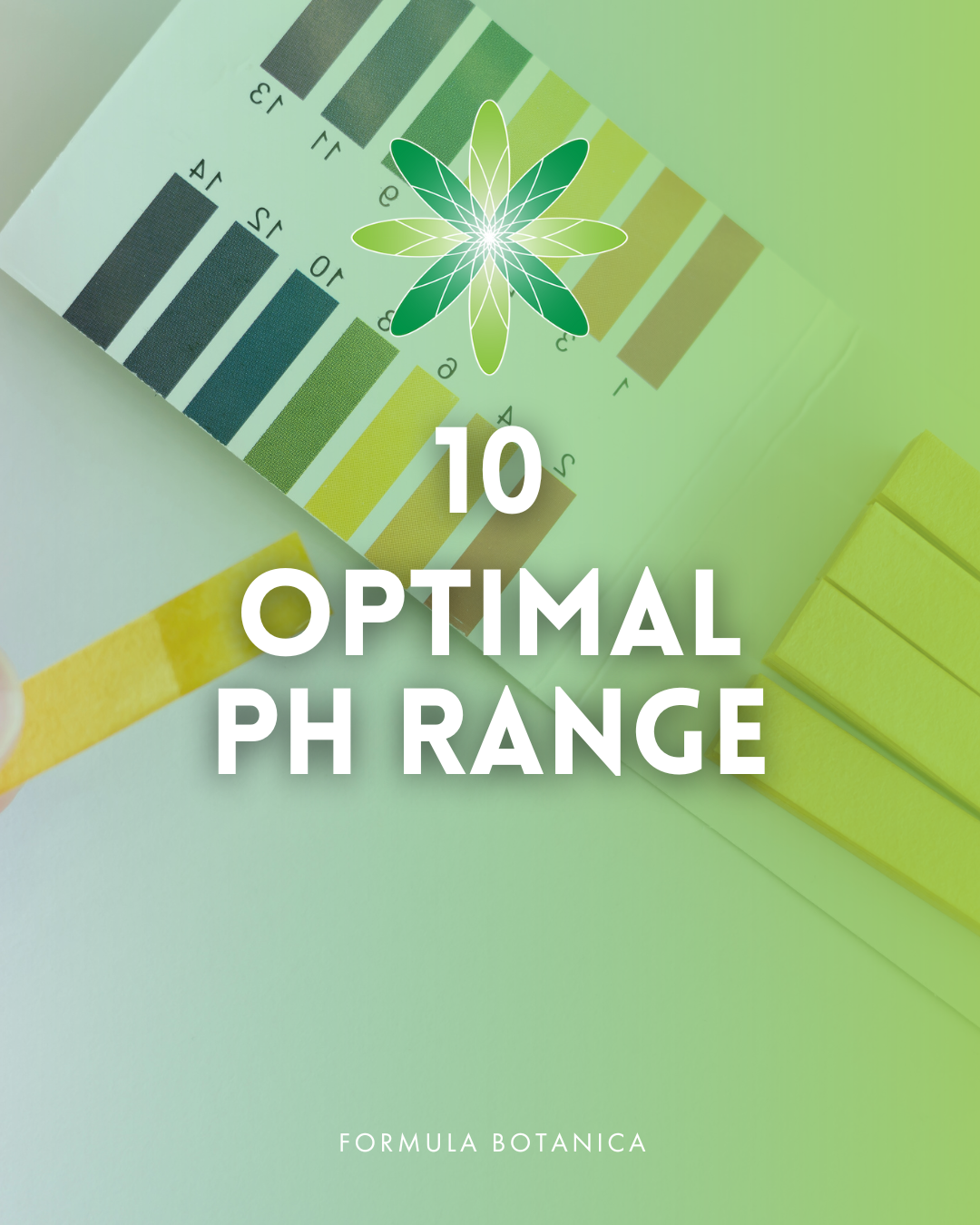
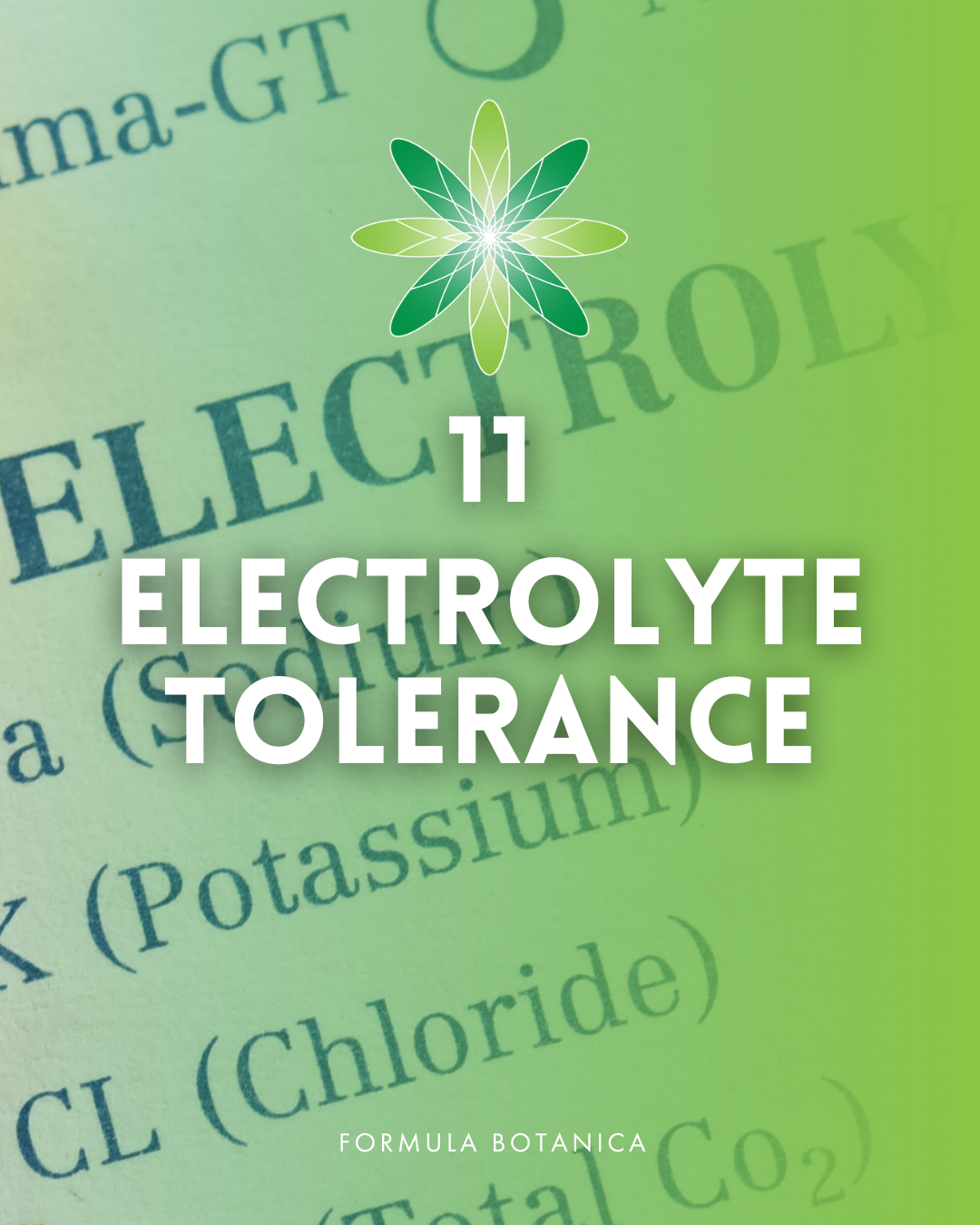
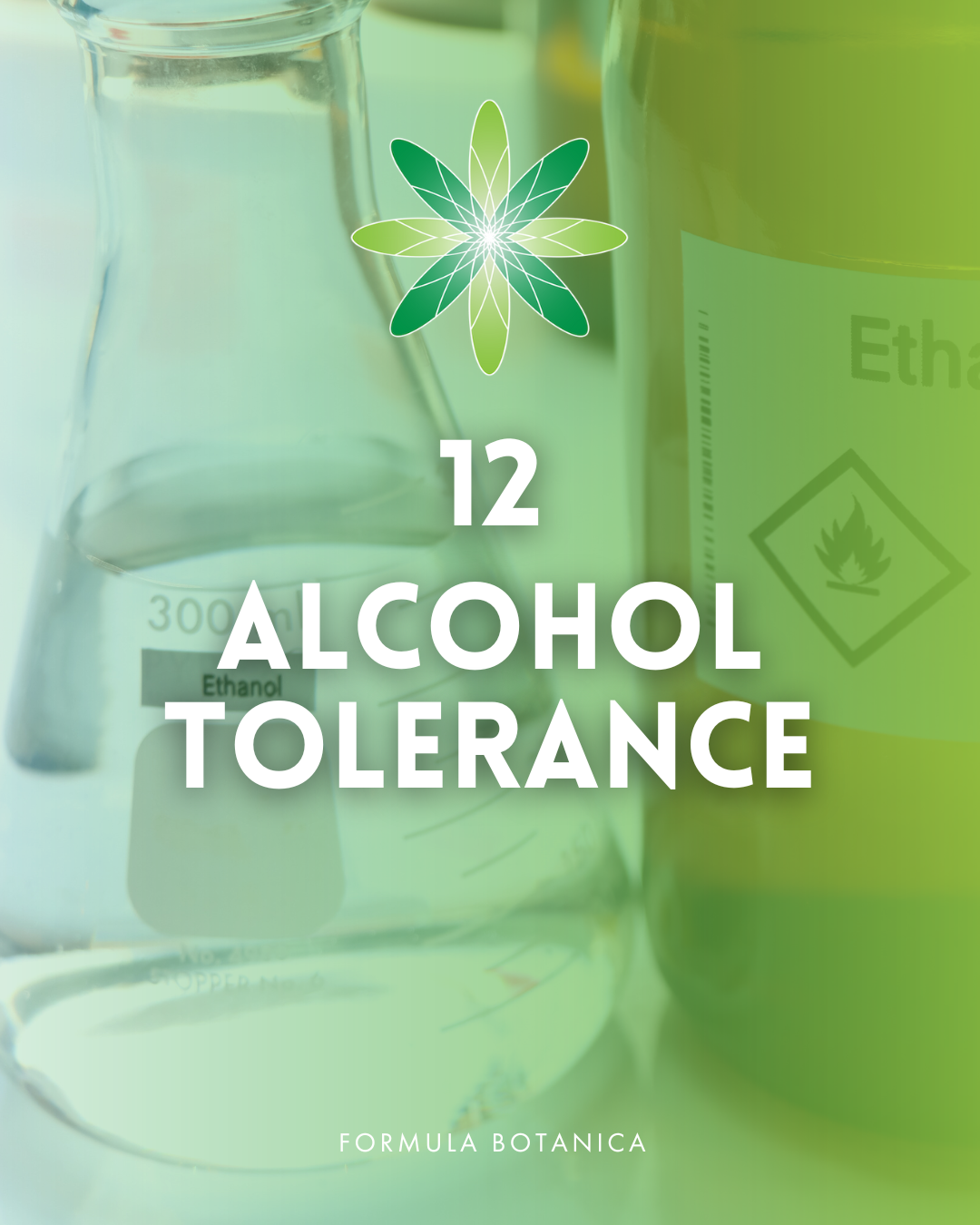
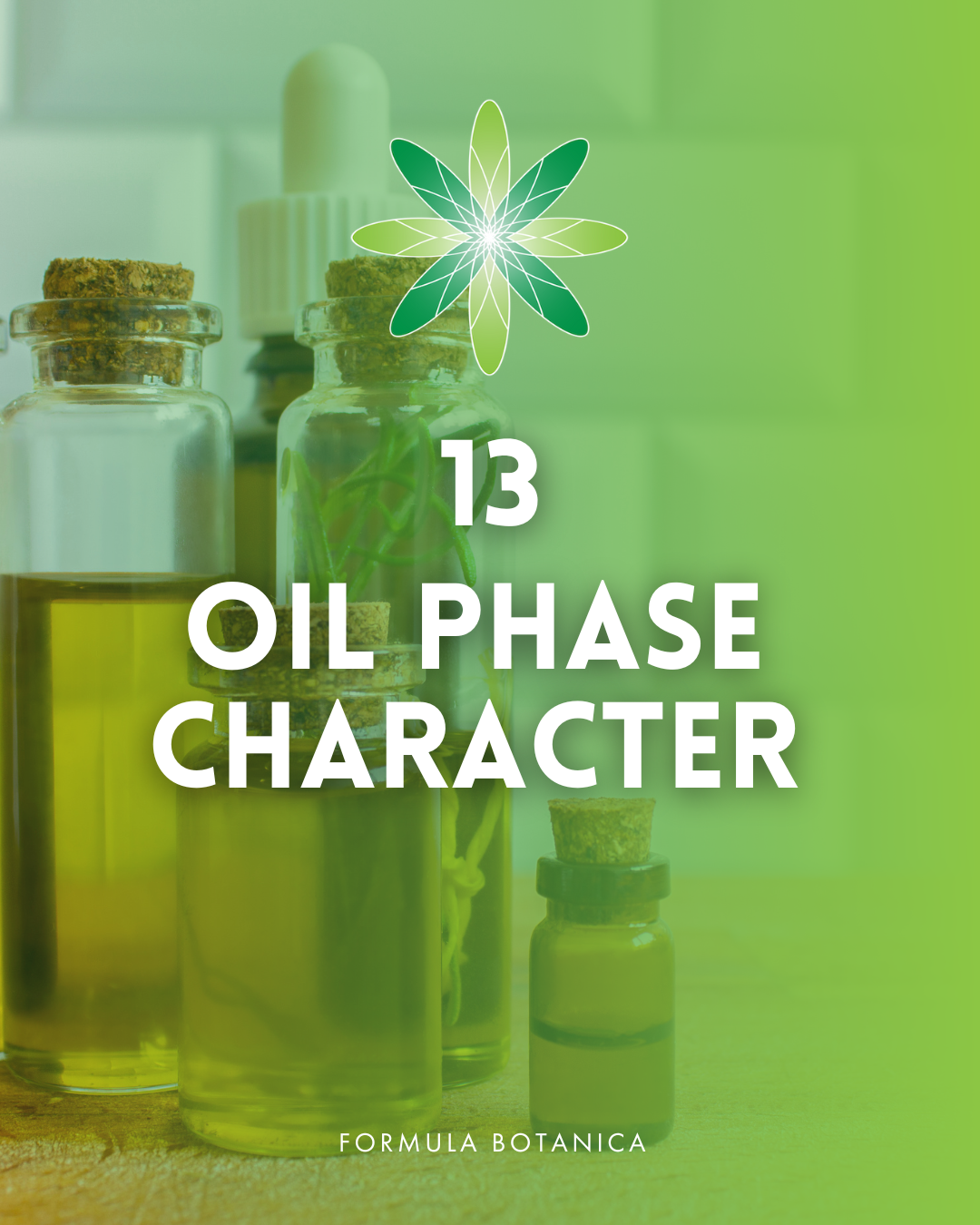
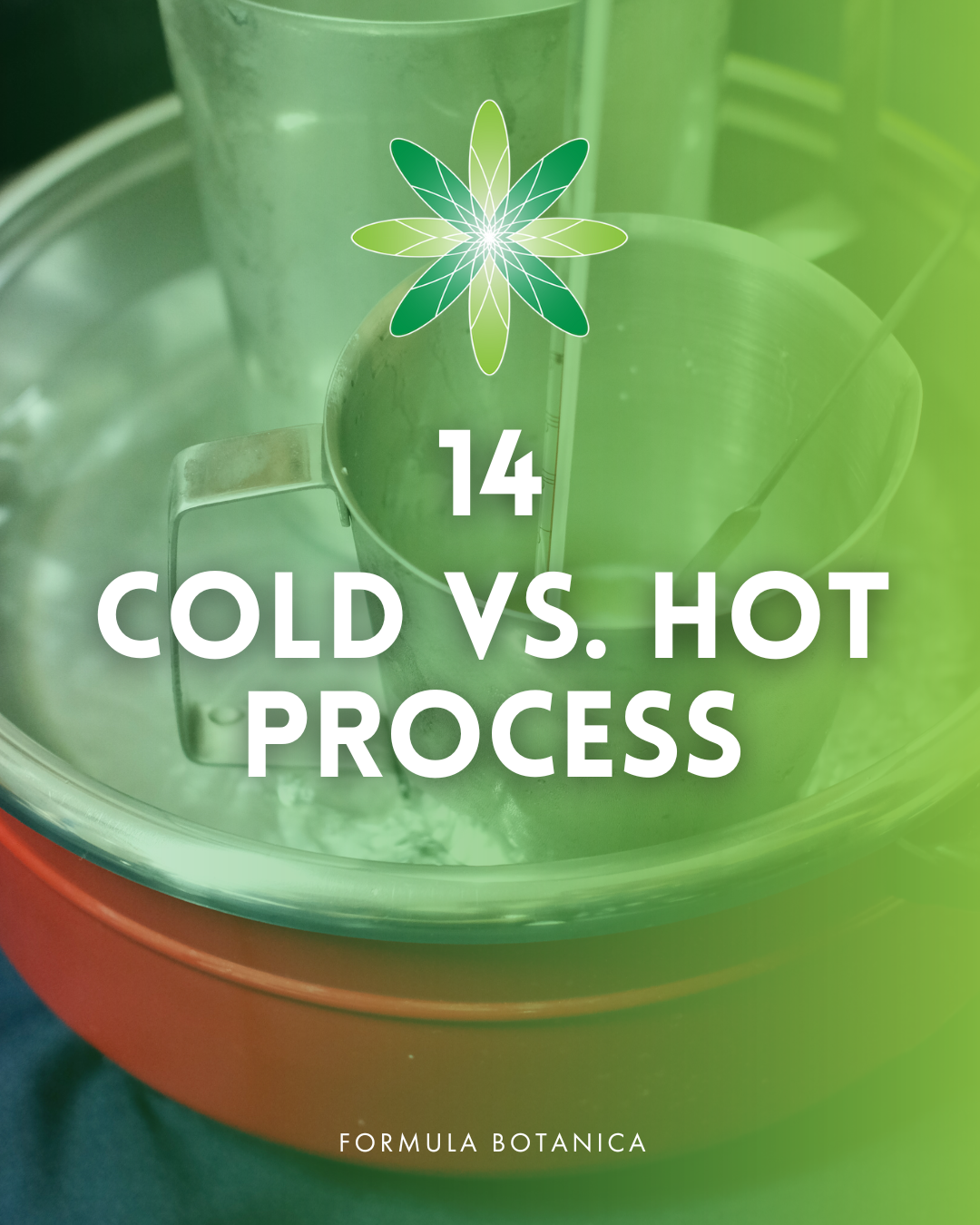
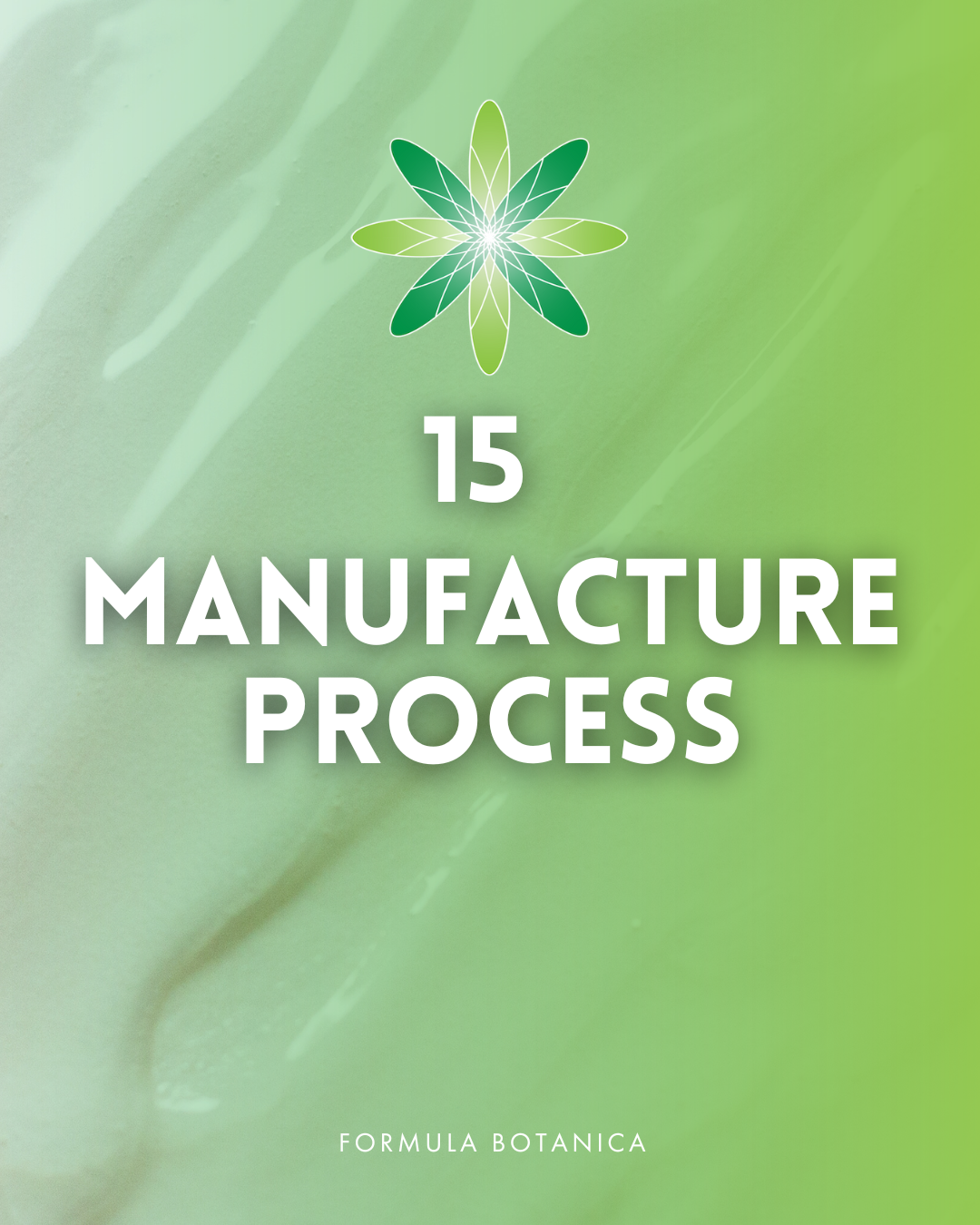

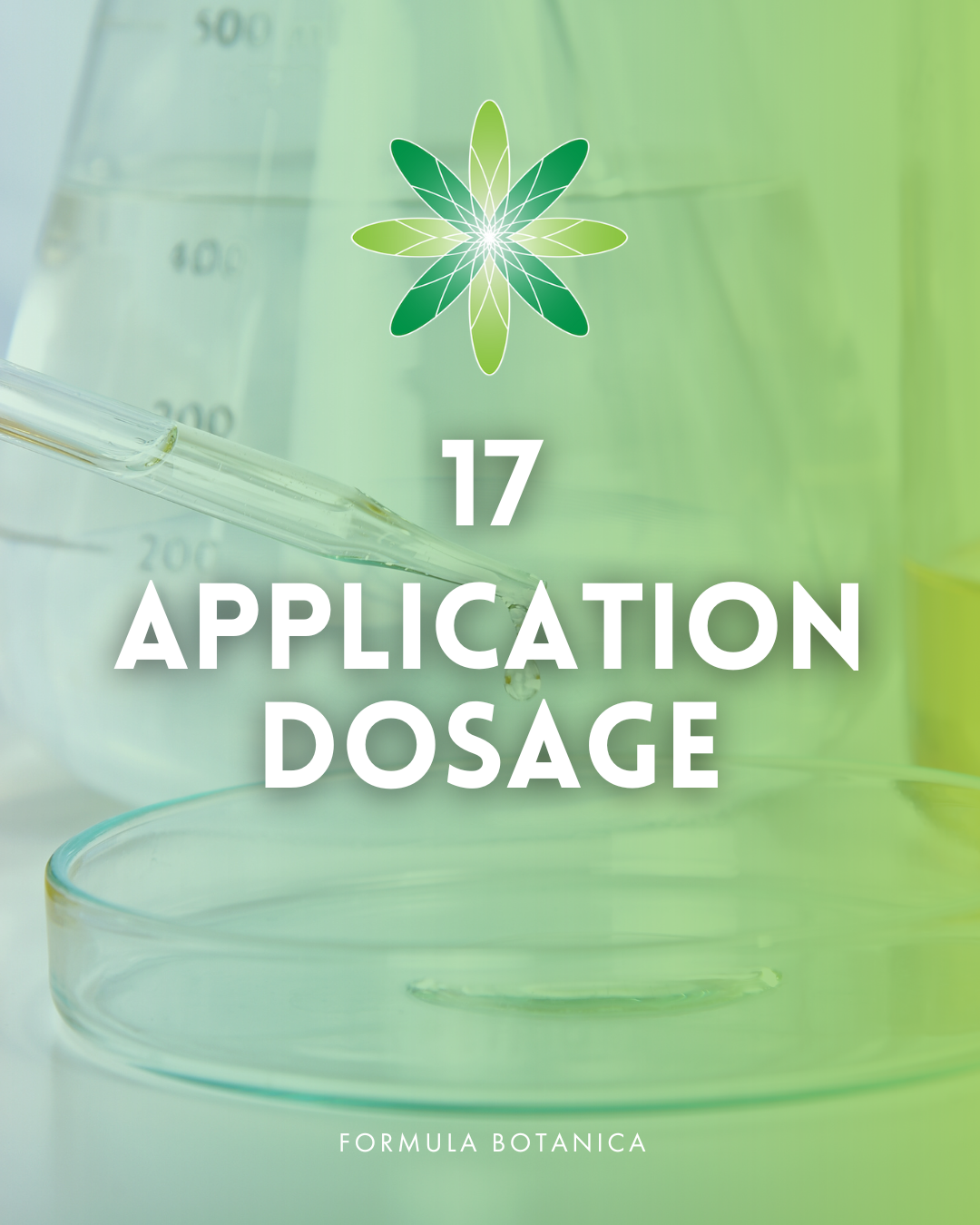

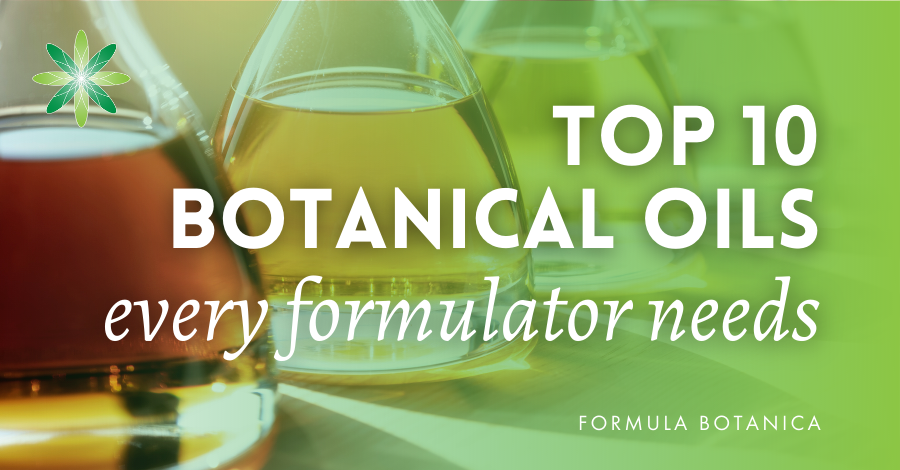



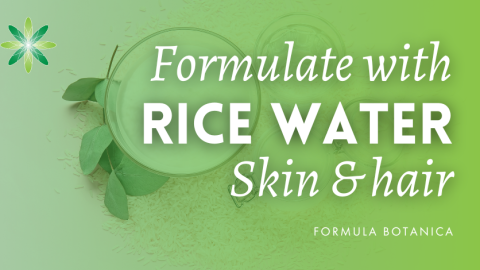
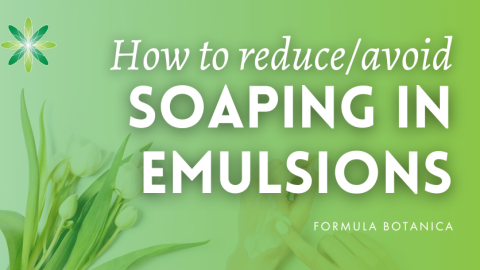



















Thank you for such a great article, Elham!